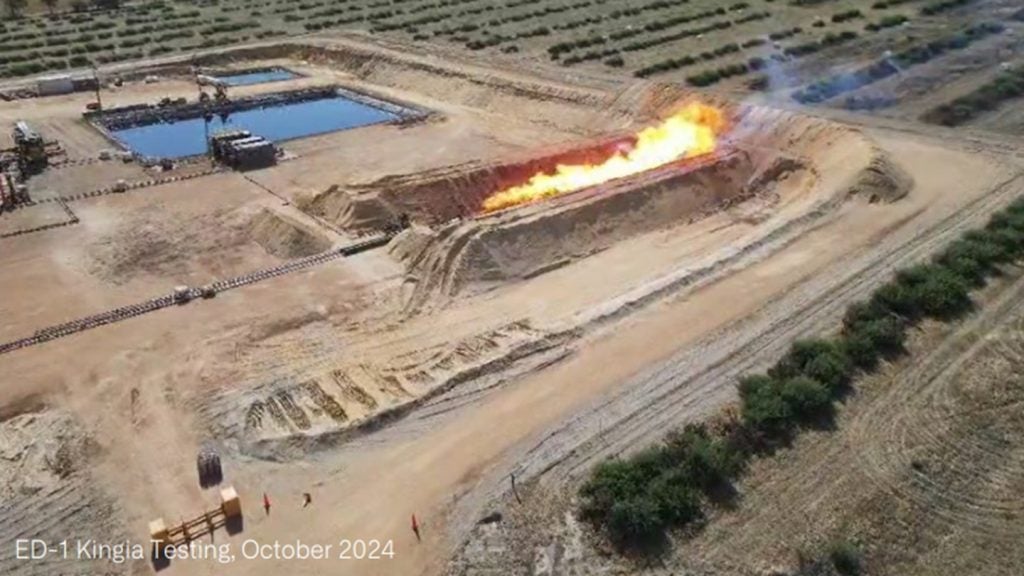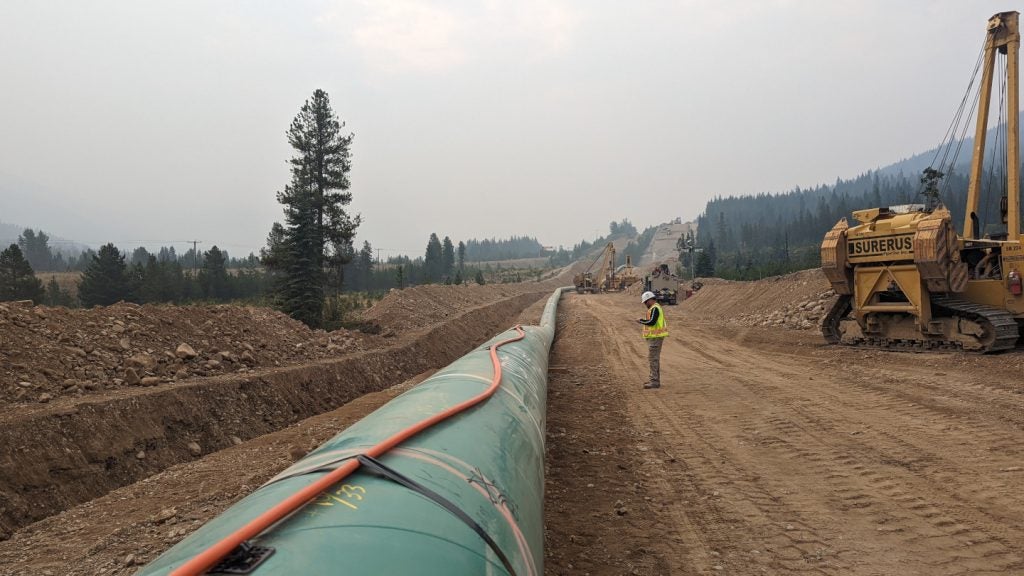
Oil prices have increased due to OPEC-led supply cuts and US sanctions against Iran and Venezuela.
Brent crude oil futures rose 27 cents to reach $67.48 per barrel while US West Texas Intermediate (WTI) futures jumped 53 cents to $59.35, reported Reuters.
Prices have continued to receive support from production cuts enforced by the OPEC and non-affiliated allies including Russia. The producer club pledged to withhold around 1.2 million barrels per day (Mbpd) of supply this year to prevent a supply glut and to prop up markets.
Another major factor lending support to prices is ongoing US sanctions on oil exporters and OPEC-members Iran and Venezuela.
According to Swiss commodity trader Trafigura, Brent crude benchmark is projected to trade around $66-$67 per barrel, or slightly higher, for the rest of the year.
Analysts have blamed a darkening global economic slowdown as responsible for preventing a further rise in oil prices. Markets are gripped with concerns of the slowdown turning into a recession in the near future as it could have a significant hit on fuel consumption.
How well do you really know your competitors?
Access the most comprehensive Company Profiles on the market, powered by GlobalData. Save hours of research. Gain competitive edge.

Thank you!
Your download email will arrive shortly
Not ready to buy yet? Download a free sample
We are confident about the unique quality of our Company Profiles. However, we want you to make the most beneficial decision for your business, so we offer a free sample that you can download by submitting the below form
By GlobalDataSaxo Bank commodity strategy head Ole Hansen was quoted by the news agency as saying: “Recession risks have risen to the highest since 2008.”
Manufacturing output data from Asia, Europe and North America indicates a sharp economic slowdown. The data pointed to contraction in manufacturing activity.
In a statement, JPMorgan Chase Bank said: “Global factory output growth slowed to a 1% rate last quarter, and indicators point to a near stall this quarter.
“Outside China, Asian industry was already contracting as we turned into the New Year.”
Last week, crude oil prices hit their highest levels since November 2018. Since then, both Brent and WTI slipped over fears of potential recession and economic downturn.







